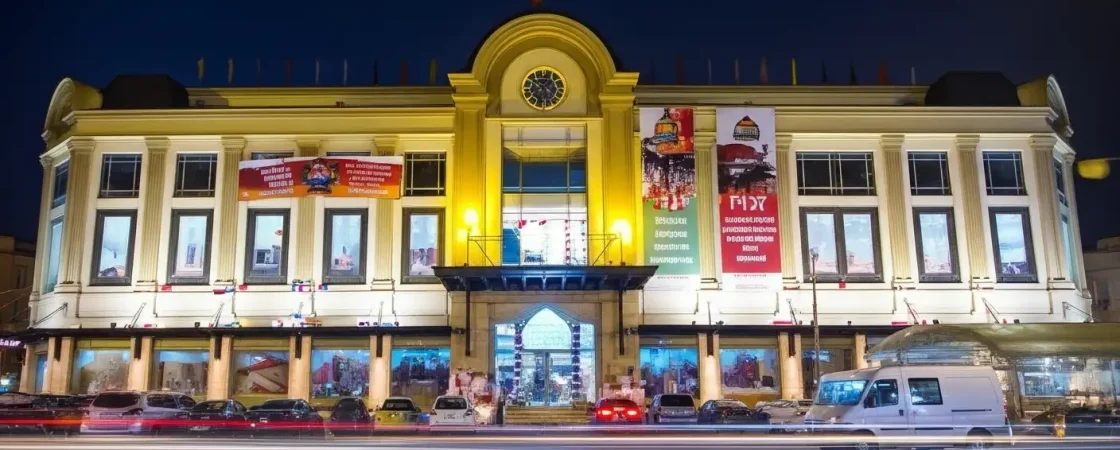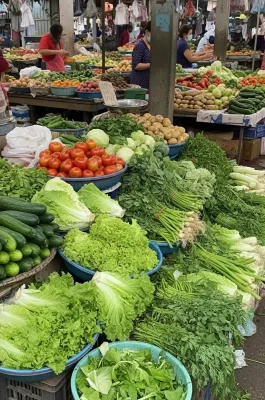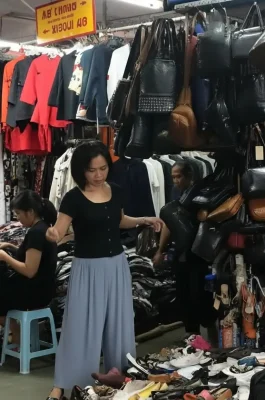Hang Da Market provides a fascinating blend of traditional Vietnamese wet market culture and modern retail convenience, all housed in a distinctive multi-story building in the heart of the Old Quarter. It is smaller and often less crowded than Đồng Xuân Market, offering a more focused shopping experience.
I. General Overview and History
The Name: The Vietnamese name “Hàng Da” literally means “Leather Store.” Historically, the street was a major center for trading leather and related products.
Modern Structure: The original traditional market was upgraded into the current multi-story structure (sometimes referred to as the Hang Da Galleria), blending a traditional market layout with a modern shopping mall environment.
Architecture: The building features a notable, visually interesting facade that distinguishes it from the surrounding traditional shops of the Old Quarter.
Local Focus: While tourists visit, Hang Da is highly favored by locals for its wide variety of daily necessities, making it a great place to observe authentic Hanoi life.
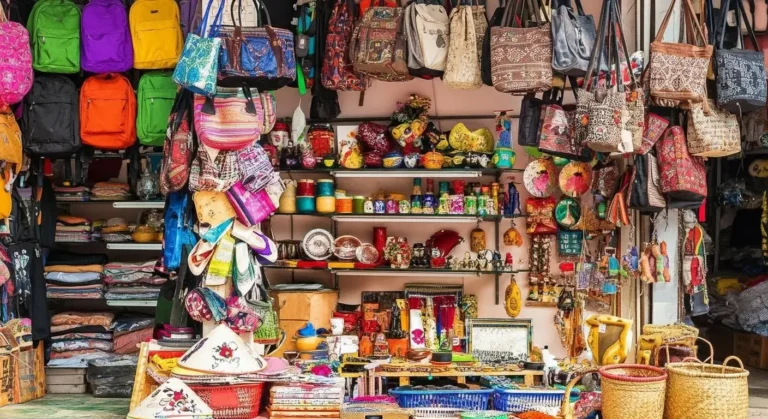
II. What to Find on Each Floor
Hang Da Market’s main attraction is its division of goods across its different levels:
Basement / Ground Floor (Local Market): This is where the market’s traditional roots are most visible. In the early morning, this area is bustling with vendors selling fresh produce, meat, seafood, and flowers. It operates as a typical Vietnamese chợ (market).
First Floor (Snacks and Groceries): Look for beverages, confectionery, packaged snacks, and imported wine and liquor. Some stalls also sell freshly cooked Vietnamese snacks.
Upper Floors (Fashion and Fabrics): The second and third floors are the main draw for shoppers. They specialize in:
Fabric and Tailoring: A good place to find local fabrics and materials.
Second-hand Clothing: Hang Da is particularly known for high-quality, pre-owned imported garments and vintage fashion items, often in excellent condition.
General Fashion & Accessories: Affordable clothing, bags, and jewelry, with a focus on trendy or locally made items.
III. Practical Visitor Information
Bargaining Culture: As a traditional market, bargaining is essential and expected, especially on the upper floors for clothing and non-perishable goods. A common starting strategy is to offer 50% of the initial asking price.
Best Time to Visit:
Morning (before 9:00 AM): Best for experiencing the true local atmosphere and purchasing the freshest food in the basement.
Later in the Day (10:00 AM−5:00 PM): Best for shopping for clothes, fabrics, and imported goods on the upper floors.
| Detail | Information |
|---|---|
| Address | 1 Hàng Da Street, Cửa Đông Ward, Hoàn Kiếm District, Hanoi, Vietnam. |
| Opening Hours | Daily: Generally 6:00 AM–9:00 PM (Note: Some sources vary, but this is the most common range for all floors). |
| Entrance Fee | Free. There is no admission charge. |
| Phone Number | N/A (It is a public market; general contact numbers are not publicly available for the complex). |
| Best For | Travelers seeking authentic local market culture, fresh food, or unique second-hand/vintage clothing finds. |
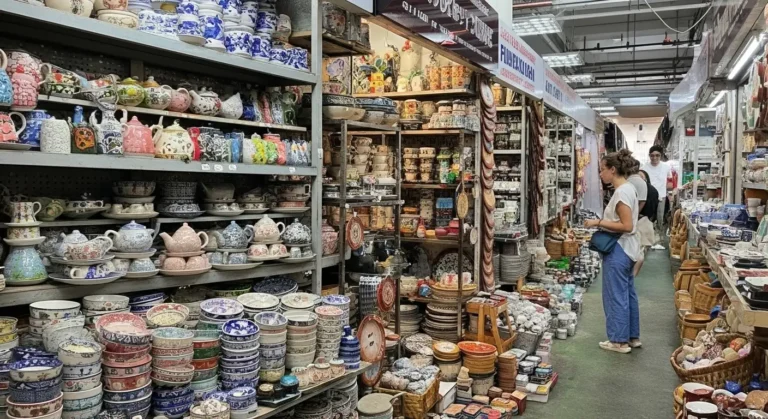
IV. Traveler's Notes
Trying on Clothes: Fitting rooms may be very limited or non-existent, especially for the second-hand stalls. It is best to wear clothes that are easy to slip on and off if you plan to try garments.
Location: It is conveniently located near the southwest corner of the Old Quarter, making it easily accessible on foot from many central hotels.
